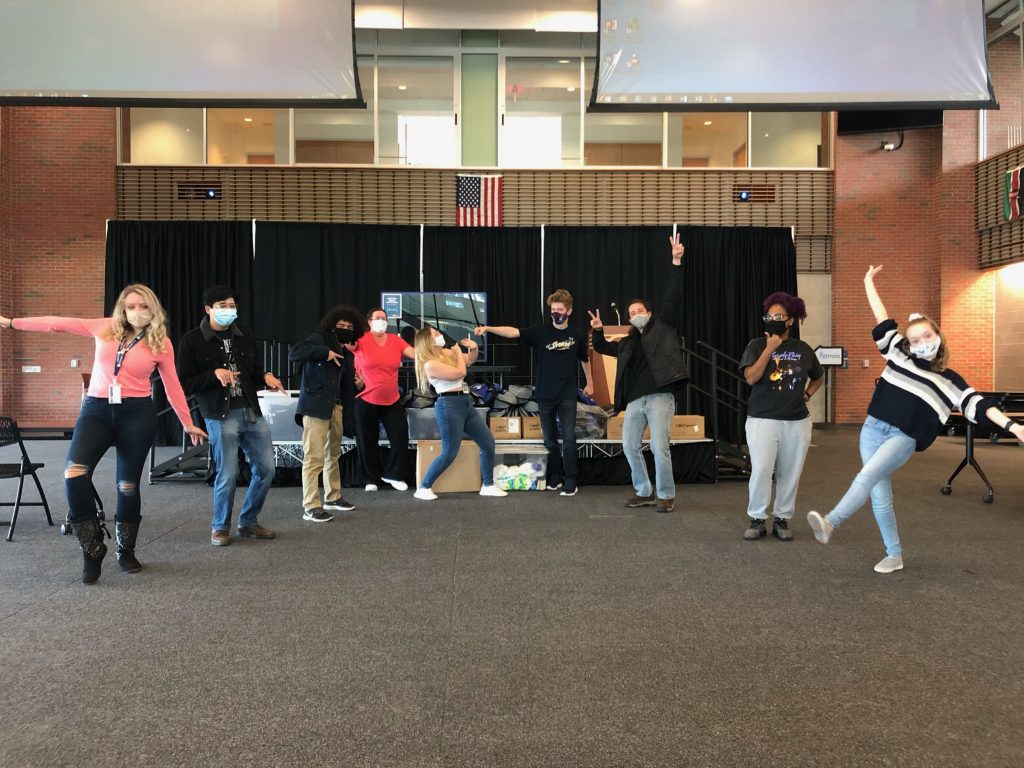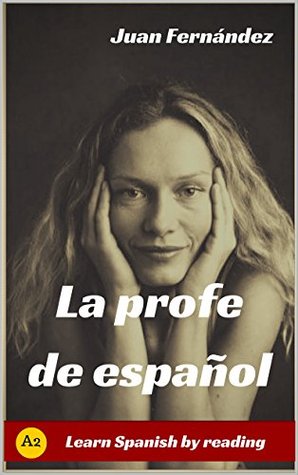Exploring Culture
Exploring not only the Spanish language, but also listening to Spanish music, learning about the culture of different Spanish-speaking countries, and talking with native speakers are all so important in appreciating other cultures and learning as much as possible by immersing myself as much as possible. Additionally, in the assigned work in Spanish 121, each chapter had a section that involved researching different cultural aspects of other countries including everything from famous athletes and artists to environmental issues.
These practices help me feel more connected to the rest of the world and more motivated to learn as much as I can. They help me to feel as though other countries are not as far away or unreachable, but that I can connect with others who speak Spanish because I have this knowledge. It opens the door to many more opportunities to learn. Different countries have different words for some things, slang and accents, but it makes connecting with others from different places and understanding more about the world more attainable.
Engaging in Communities
Engaging in one’s own community and the global community is important to grow in empathy, expand personal knowledge, make connections with others, and grow from a diverse environment of influences.
I have always tried to be active in my own community. Some examples of this are that I was an executive member of my community college’s volunteering club and a leader in the Student Government Association, and the focus of my reporting class this semester has been volunteering at animal shelters and animal welfare.

Interpersonal Communication
I was given three different opportunities using a website called TalkAbroad to video chat with native speakers in Spanish-speaking countries. I also had many opportunities to have discussions in Spanish during class with my fellow students and the professor surrounding a plethora of subject matters. Additionally, we were required to give feedback to one another on projects and collaborate on how to improve in future projects.
Participating in these forms of interpersonal communication gave me helpful feedback from my classmates and professor, helped me feel more comfortable communicating with others in Spanish, and allowed for practice using new vocabulary and reviewing grammar and conjugation rules. The aspects of Spanish that usually require a lot of individual work and studying were put into practice, providing confidence and the feeling of real-world conversations.
Presentational Speaking
For each project, it was required that speaking was done by video or in class. Each presentation had a voice-over, a video of me speaking, or I presented it during class time. This was done completely in Spanish.
This was challenging, but fun, because I enjoy presentational speaking. It allows the speaker to demonstrate their knowledge with written cues in the project to test what you know and how you can summarize your project. It is difficult at first to avoid simply reading off of a paper or the board, especially in another language, but once you practice it becomes easier.
Presentational Writing
Throughout this course, I have completed 11 projects that showcase my progress in Spanish so far. Below is an example. It is my mock pamphlet discussing mental health and how to cope with anxiety. I feel as though presentational writing and writing in general are my strong-suits.
I believe this project in particular was very helpful for future Spanish use in the real world. Mental health is a universal topic, especially since the pandemic. Being able to discuss complex issues such as these in more than one language can be useful for personal or professional conversations. I was glad to see a whole chapter of our textbook dedicated to this because it is so prevalent. I have faced my own journey with anxiety, so being able to talk about that with my class in Spanish was powerful.
Interpretive Listening
One of the most helpful things we did in class besides listening to the professor and one another was reading a short book in Spanish as a group. We read one or two chapters per class. The book is called “La profe de Español” by Juan Fernandez.
https://www.goodreads.com/book/show/31120859-la-profe-de-espa-ol
The combination of reading along and listening was challenging and fun, as it felt like we were on a higher level being able to complete a book in Spanish. I tried to challenge myself to listen more than read because listening to Spanish is much harder for me to comprehend, but it provided an increased level of confidence when I was able to understand more and more in each class with practice.
Interpretive Reading
Below is an example of a mock style box that was to be used as a guide for making our own. This was one of our projects toward the end of the semester, when we felt more comfortable writing extensive paragraphs in Spanish.
Above was the text included in my project. This project was one of my favorites because we had the opportunity to write a long paragraph and truly challenge our critical thinking and development within the language. I also have a passion for style and fashion, so it felt applicable and relatable to real life outside of the classroom.
